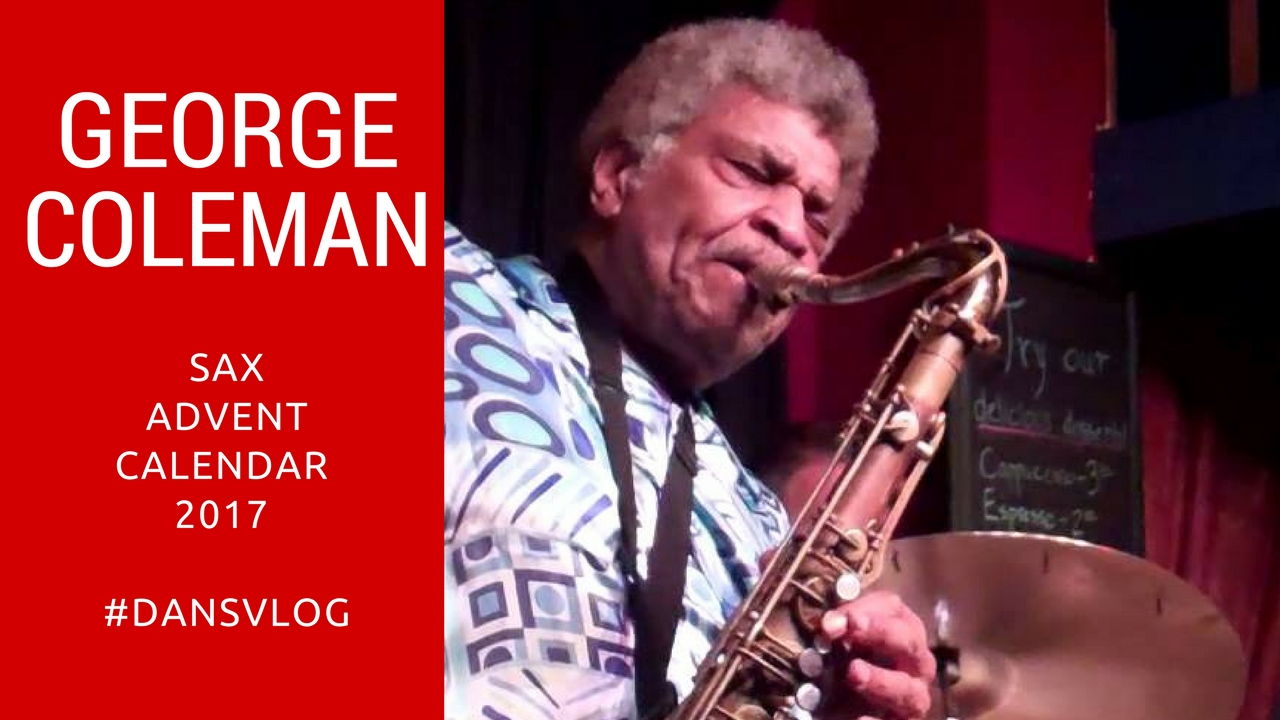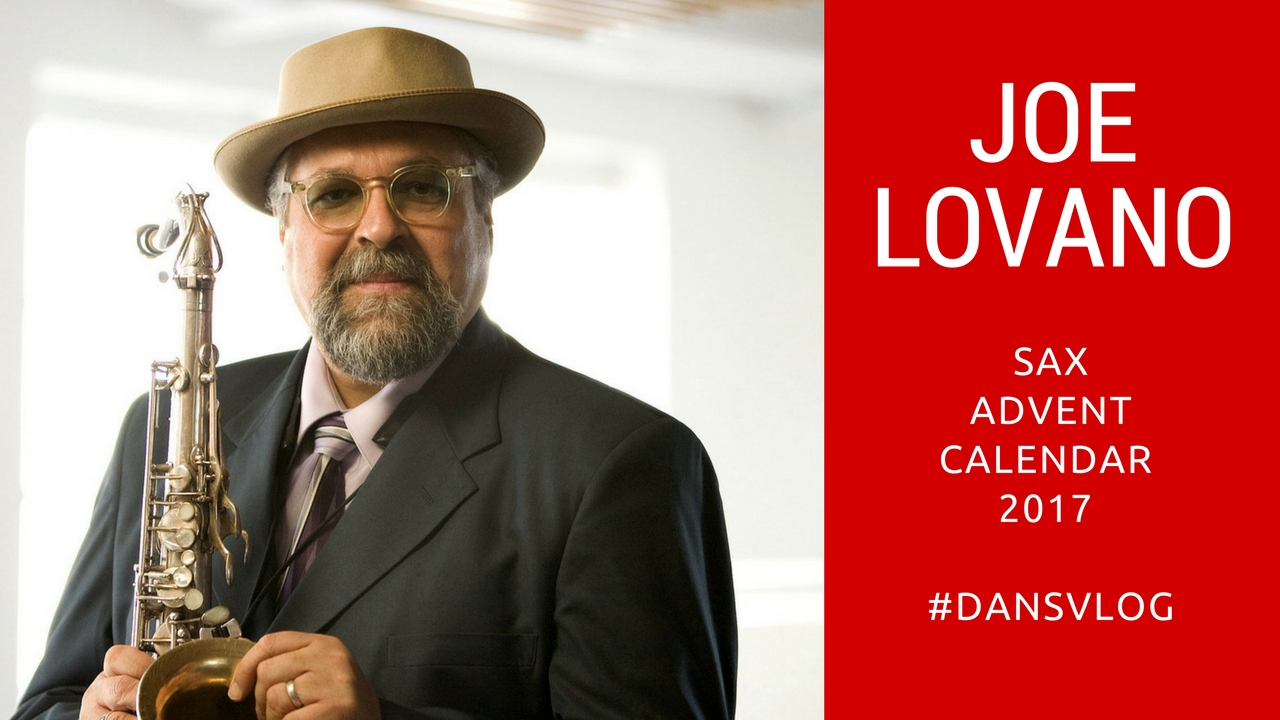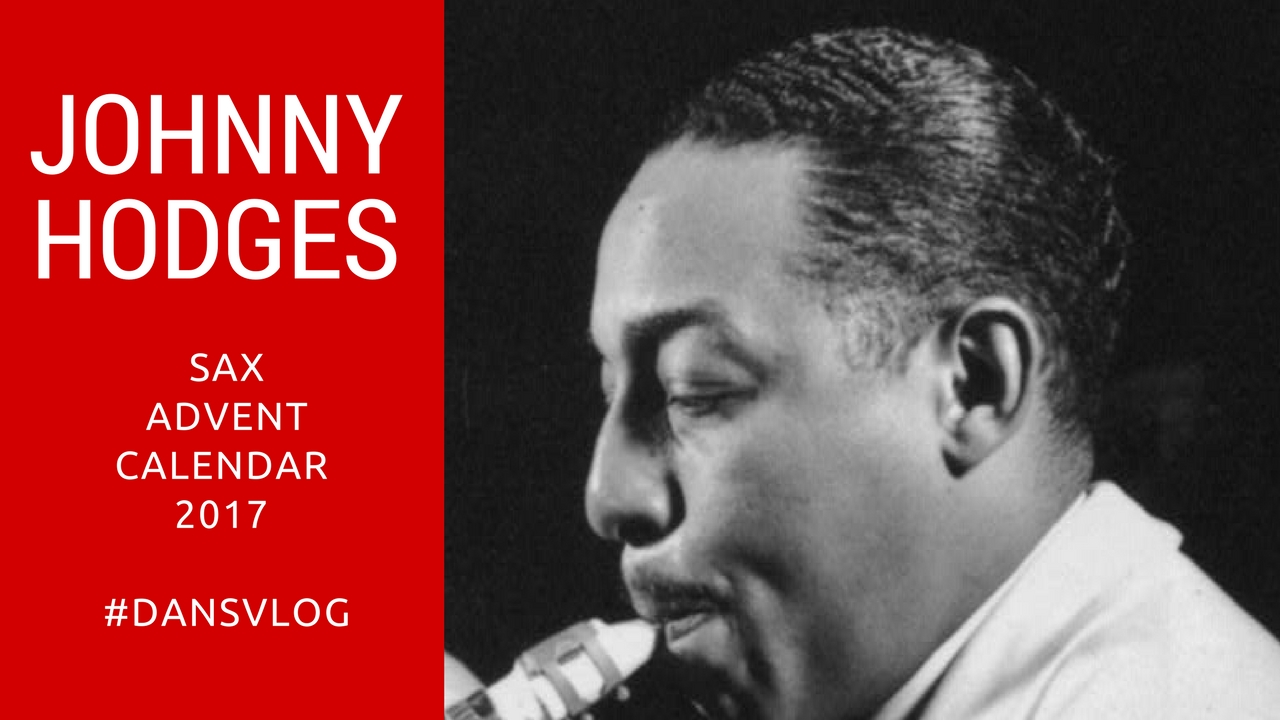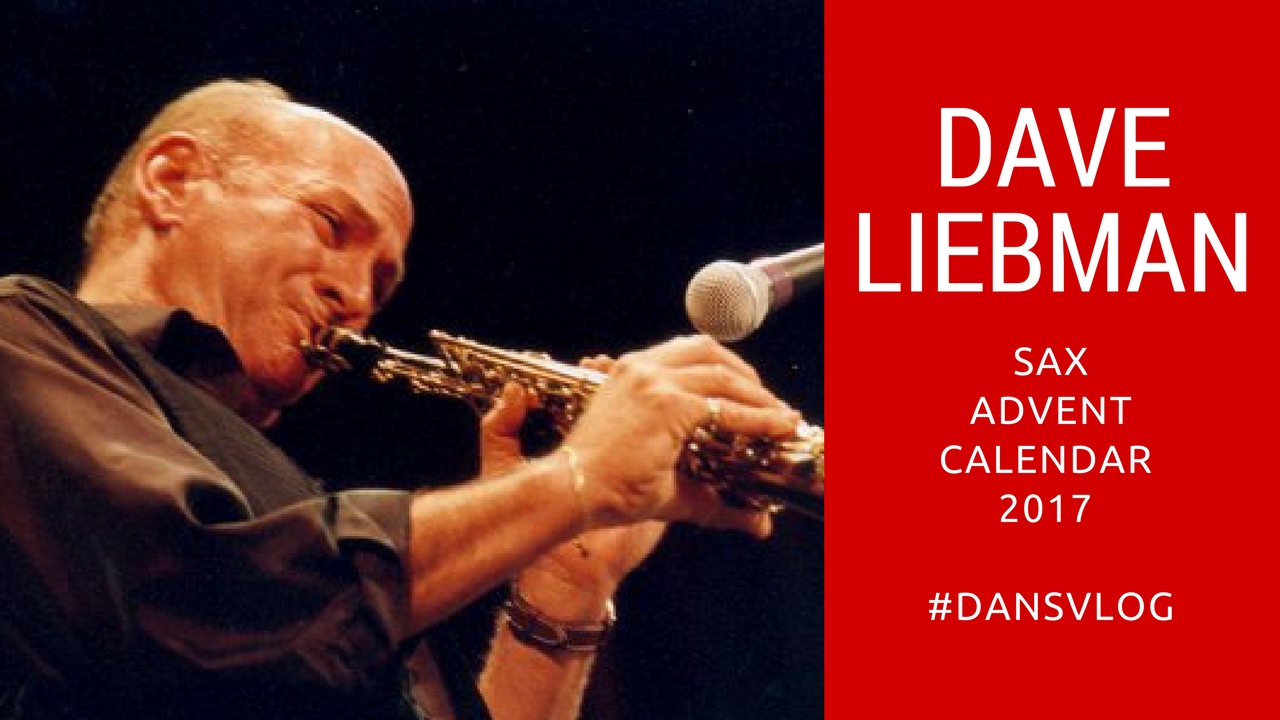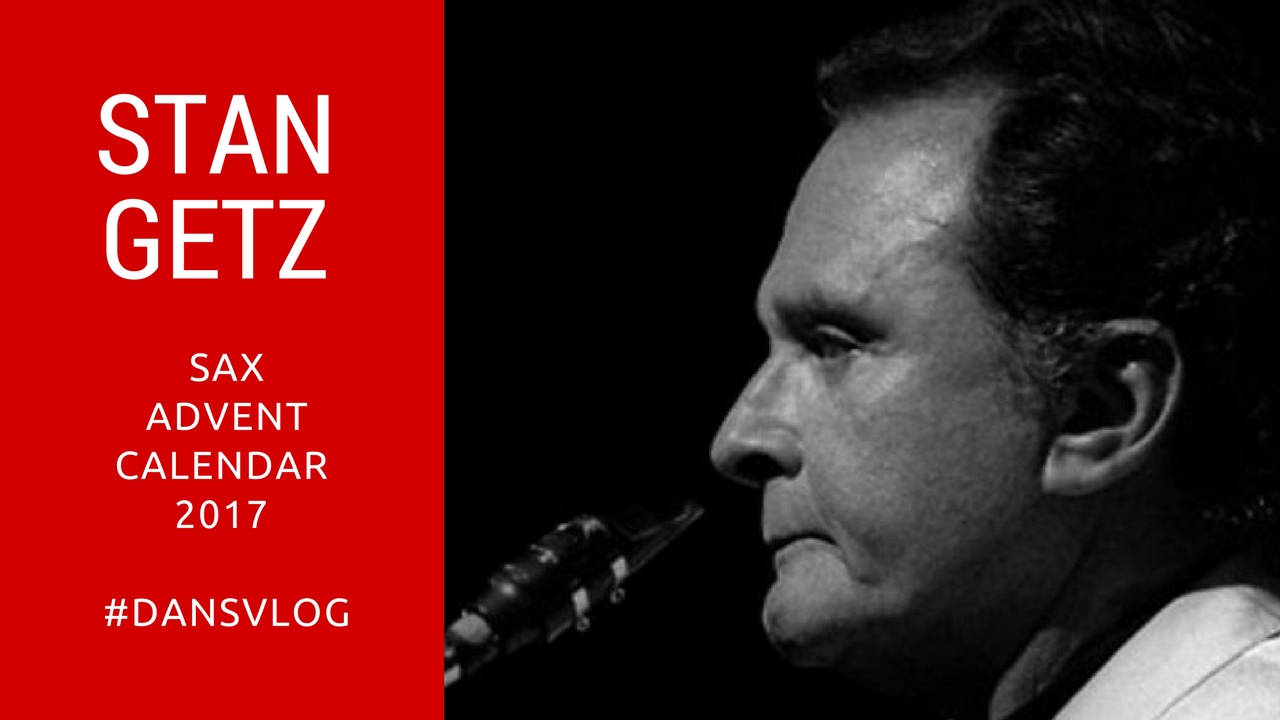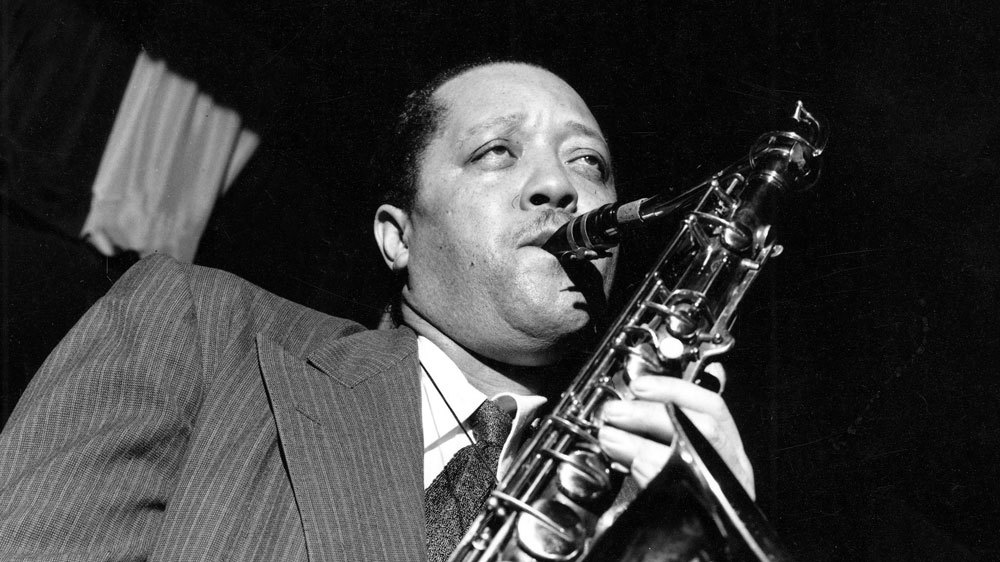Dan’s Advent Saxophone Calendar #10 – George Coleman
Tenor Saxophonist George Coleman is best known for his work with Miles Davis and Herbie Hancock.
Coleman was born in Memphis, Tennessee in 1935 and attended school with Harold Mabern, Booker Little and Charles Lloyd. He worked with B.B King, Gene Ammons, Jonny Griffin, Max Roach, Jimmy Smith, Lee Morgan, Jimmy Cobb and many, many more.
He took over the tenor saxophone chair in Miles Davis’ Quintet for a brief time, before being replaced by Wayne Shorter. Nevertheless, Miles retained a high opinion of Coleman’s playing, stating that “George played everything almost perfectly…He was a hell of a musician.” Coleman played with Lionel Hampton (1965–1966), also in 1965 on Chet Baker‘s The Prestige Sessions, with Kirk Lightsey, Herman Wright, and Roy Brooks.[6] Clark Terry, Horace Silver, Elvin Jones (1968), Shirley Scott (1972), Cedar Walton (1975), Charles Mingus (1977–1978), Ahmad Jamal (1994, 2000), and many others.
Coleman recorded into the 2000s. His CD as co-leader, Four Generations of Miles: A Live Tribute To Miles, with bassist Ron Carter, drummer Jimmy Cobb and guitarist Mike Stern was released on Chesky Records in October 2002, and it concentrates almost exclusively on the 1950s repertoire of Miles Davis. Tracks include: “There Is No Greater Love“, “All Blues“, “On Green Dolphin Street“, “Blue in Green“, “81”, “Freddie Freeloader“, “My Funny Valentine“, “If I Were a Bell”, and “Oleo“. He was featured on Joey DeFrancesco‘s 2006 release Organic Vibes, along with vibraphonist Bobby Hutcherson, Billboard’s Top Jazz Album Chart, peaked to No. 17.[8]
He was named an NEA Jazz Master and to the Memphis Music Hall of Fame in 2015, and received a brass note on the Beale Street Brass Notes Walk of Fame.[9]
& Here are the playlists!

